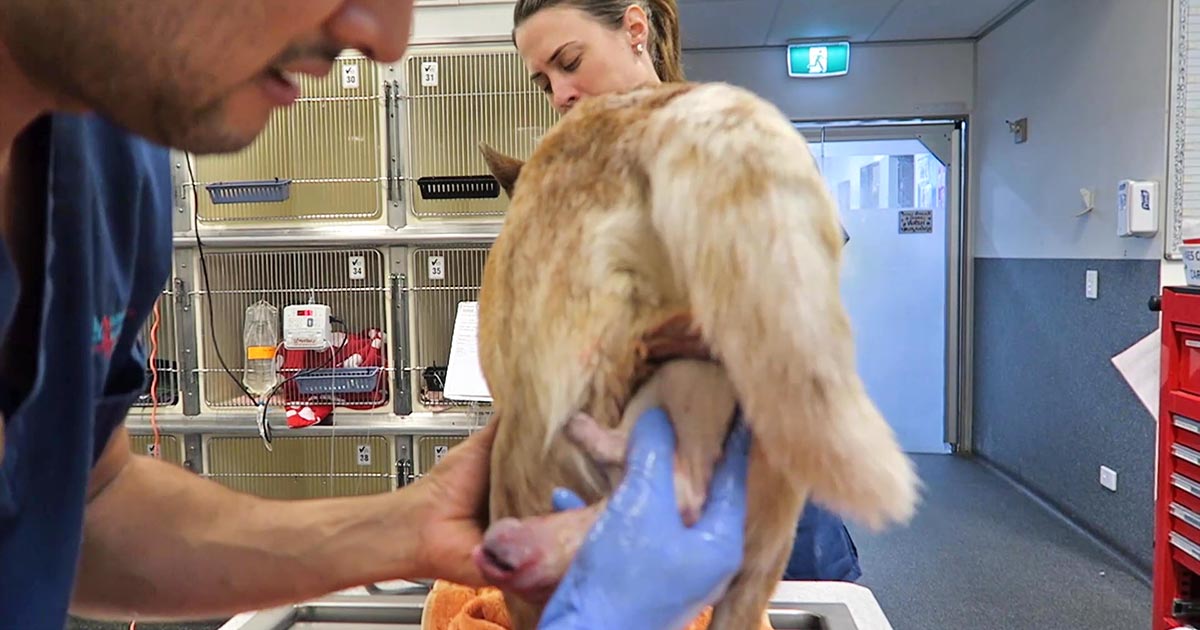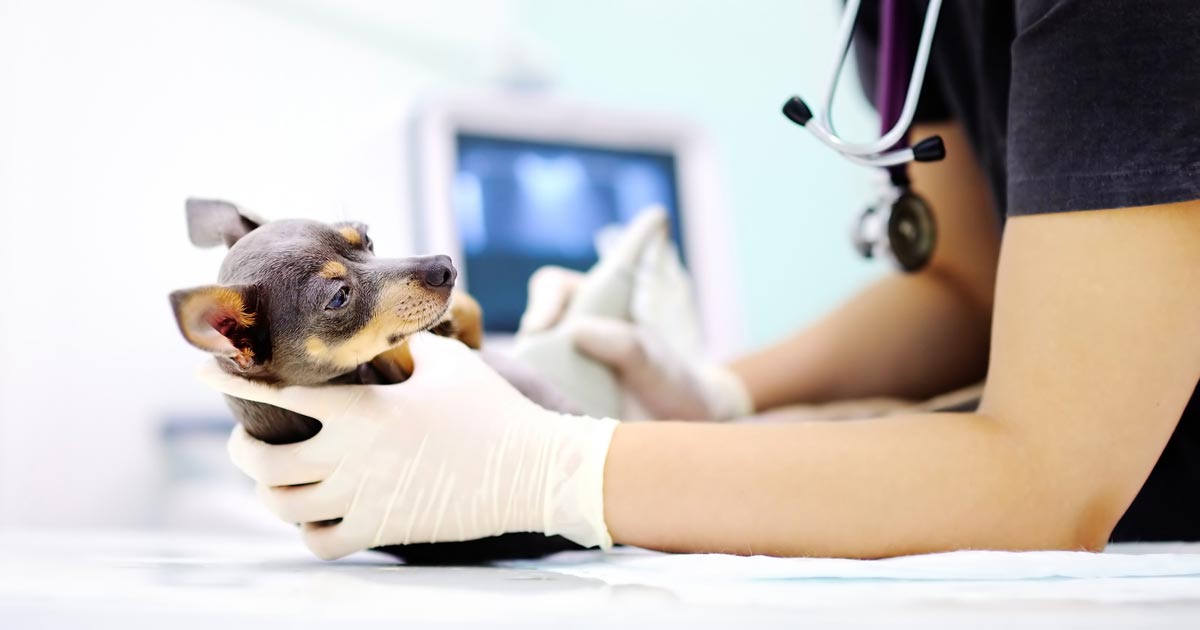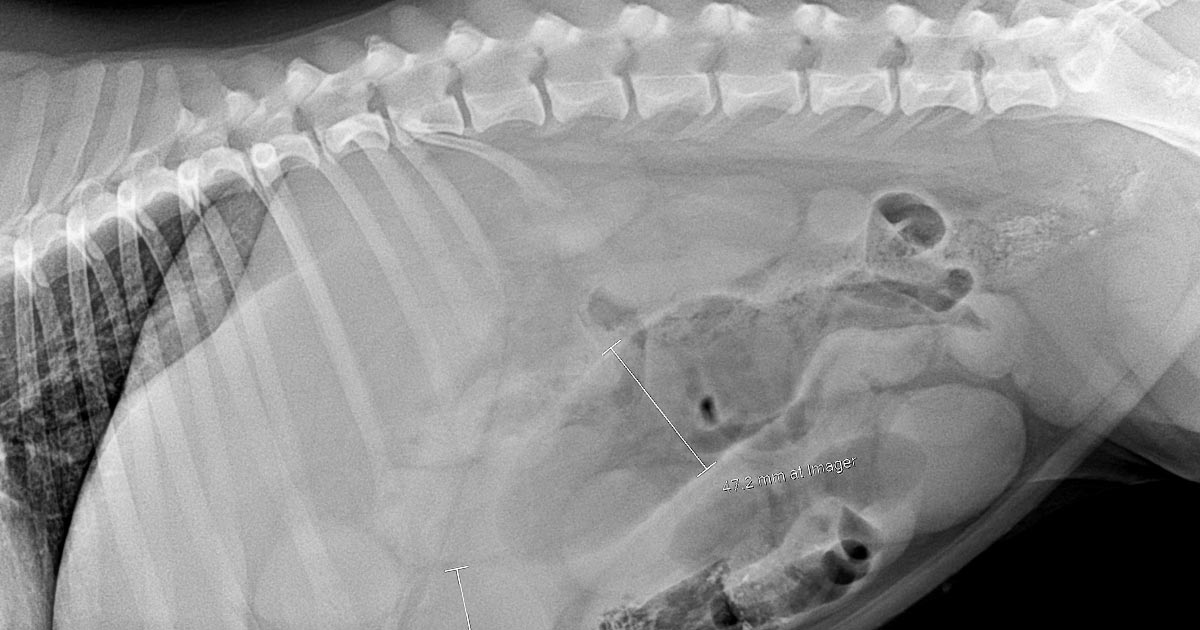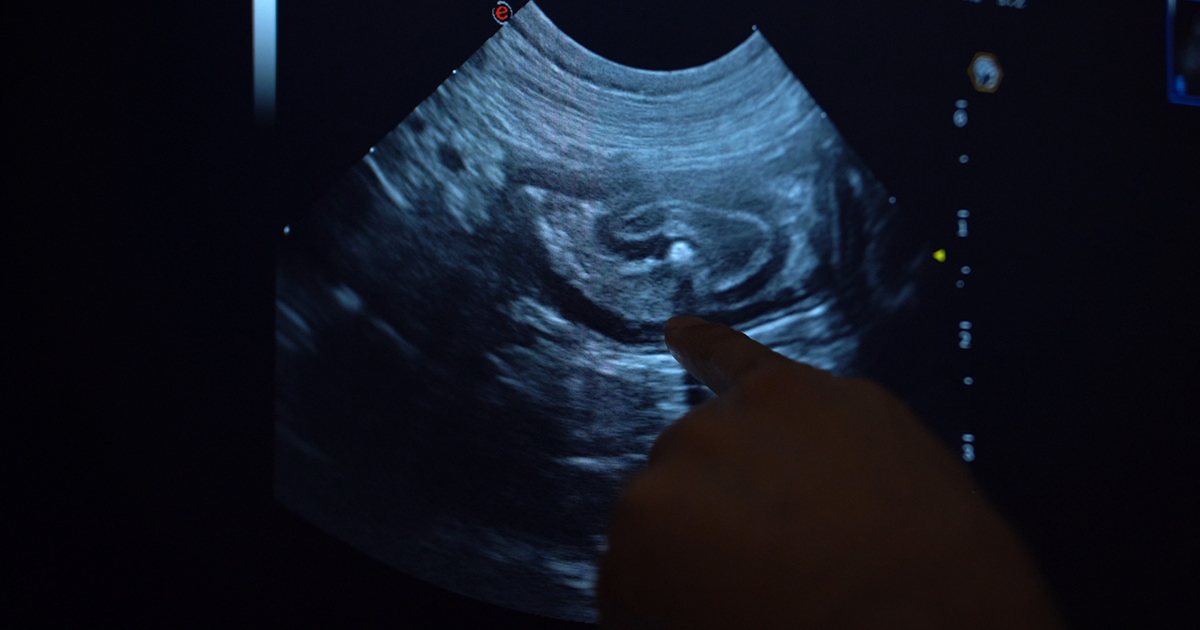Tag: radiography
-

The world is yours
—
by
There’s a constant pressure in the industry to do something else. Whether that pressure comes from us wanting to branch out and experience different practices, different countries, different disciplines, or whether its pressure from society for you to change it up a bit. It’s almost like you can’t possibly be happy in the same job,…
-

Dystocia, pt 2: diagnostics
—
by
Part one of this series covered the stages of labour and indications dystocia is present. Once the bitch presents to the clinic, a few basic diagnostic checks need completing to determine the status of the bitch/queen and the fetuses. Physical examination The first is a thorough physical examination, starting with the bitch or queen: Demeanour,…
-

Pancreatitis, pt 1: diagnosis
—
by
Pancreatitis is one of the most common exocrine conditions seen in small animal practice. It is caused by premature activation of enzymes (zymogens) within the pancreas leading to autodigestion, and can result in severe morbidity with the potential to lead to mortality. To this day, the diagnosis of pancreatitis remains a challenge – especially in…
-

Abdominal radiography, part 2
—
by
Last week’s tips (Abdominal radiography, part 1) were about taking appropriate images. Now, here are some tips on interpreting those images. Interpretation I often find there is too much to look at and it gets confusing with overlapping organs. I like to step back and look from a distance; sometimes, this gives me an overview…
-

Abdominal radiography, part 1
—
by
Abdominal radiographs can be daunting, but here are six tips to help you get the most information from your studies. 1. Patient preparation Have the patient prepared as best as possible, have them dry – as wet hair shows up on x-rays – and appropriately sedated, or anaesthetised if needed, to minimise the amount of radiation…
-

Linear foreign bodies, part 2: tips for diagnosing with ultrasound
—
by
Following on from the previous post where we discussed tips on how to diagnose a linear foreign body on a radiograph, this post sees us cover how to diagnose it on ultrasound. If used by an experienced ultrasonographer who knows what to look for, ultrasound can be a highly sensitive and specific diagnostic test. What…
-

Linear foreign bodies, part 1: tips for diagnosing with radiography
—
by
Linear foreign bodies can be tricky to diagnose, compared to normal foreign bodies, for many reasons. Mostly because you often don’t see the classic obstructive pattern appearance on radiographs or ultrasound. In this short blog series, we are going to cover some hints and tips that can make diagnosing a patient with a linear foreign…
-
Another world
—
by
This summer, I’ve been working for a thoroughbred stud in Germany, preparing their yearlings for the auction sale at the start of September. I viewed it as a job for the summer and a chance to gain more experience with youngsters, which are unpredictable and more highly strung than the horses I’m used to handling.…